More than 51% of total Indian women aged 19-49 years are found to have iron deficient anemia (Global Nutrition Report 2017). Is this figure not alarming? More than half of Indian women fail to intake enough iron? Insufficient iron intake can be understood for that sector of India which is below poverty line and thus is malnourished; but 51% of Indian population definitely does not belong to that sector.
Several among us have anemia. Why? We are not below poverty line. We are not uneducated or unaware. Still we are malnourished. Why?
What is Anemia
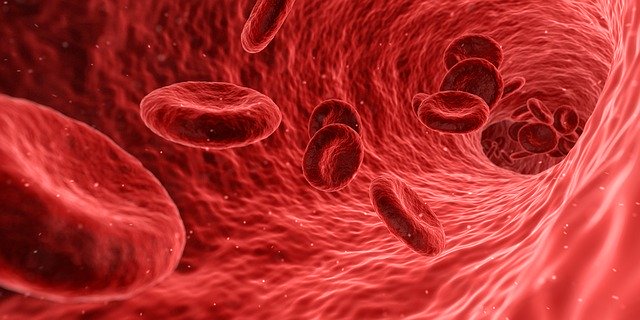
Our body has Red Blood Cells to circulate oxygen within the body. Red blood cells have a pigment called Hemoglobin which actually binds oxygen and takes it to all other cells of the body. Lack of this hemoglobin is called Anemia. Synthesis of Hemoglobin essentially needs Iron. When there is no sufficient iron, there is no sufficient hemoglobin, and hence is anemia.
All the cells of our body need oxygen for energy, to perform their respective functions. When there is lack of hemoglobin, there is lack of oxygen (and thus energy) in the body. And in this case, the anemic person feels dizzy, tired, fatigue, pale colored, etc.
At what level of hemoglobin a woman is said to have anemia?
Usually this limit is 12 g/dL. Hemoglobin level below 12 g/dL is called anemia.
Daily Requirement of Iron
The daily requirement of iron for a woman of age 19-49 years is 18 mg. Daily requirement is 27 mg for pregnant women.
Types of Dietary Iron Sources
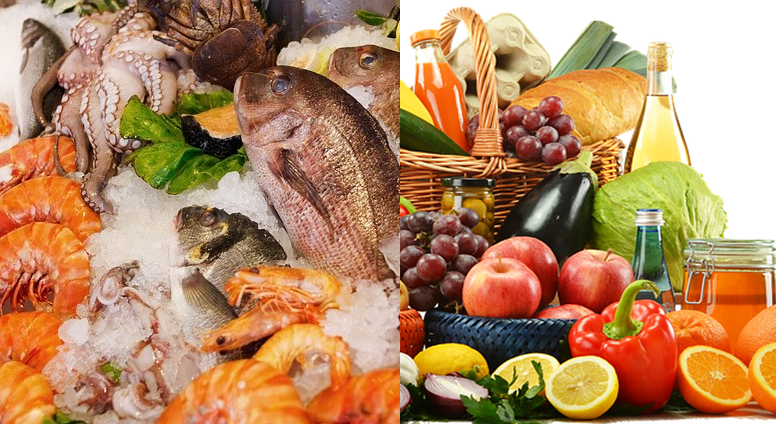
There are two types of dietary iron sources
- Heme Type
- Non Heme Type
Heme type iron is obtained from the animal sources such as meat, poultry, seafood, etc., while non heme iron is the iron present in plant sources like beans, vegetables, fruits, etc.
Heme iron is easier to be absorbed by the body while non heme iron is difficult to be absorbed.
So for vegetarian people, this is another nutritional challenge. People who follow vegetarian and vegan diet are at higher risk of developing iron deficiency because they intake only non heme iron which body finds difficult to absorb.
How to increase the absorption of Iron
- The absorption of the non heme iron can be increased by taking it along with Vitamin C. So Iron rich food should be eaten with Vitamin C rich food. Add a lot of tomatoes to your lentils or tofu. Combine Vitamin C rich vegetables such as broccoli and capsicums with Iron rich foods. Have a glass of orange juice along with spinach sandwich. Anyhow, make sure you take vitamin C along with Iron.
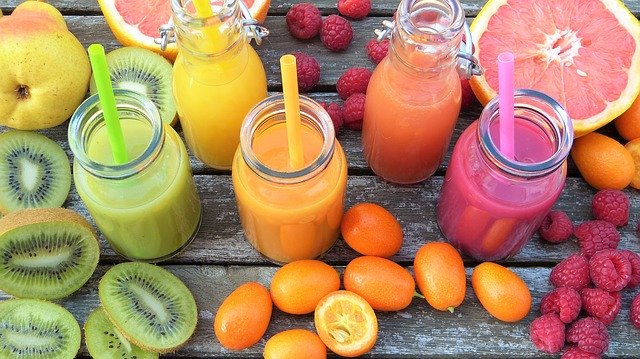
- Iron is also best absorbed on empty stomach, so try having iron rich food when stomach is empty.
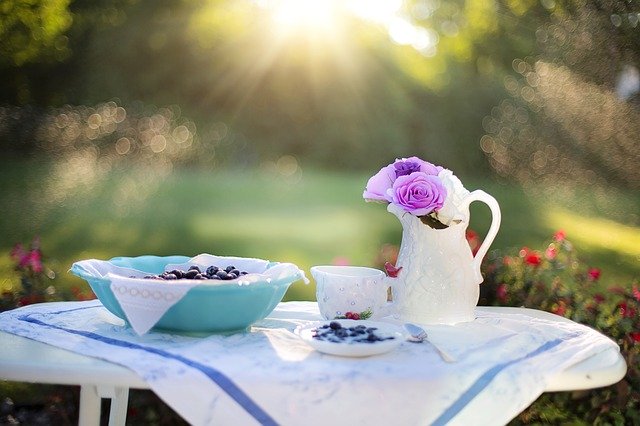
- Iron should NOT be taken with calcium as calcium may bind with iron thus preventing the absorption of both iron and calcium.
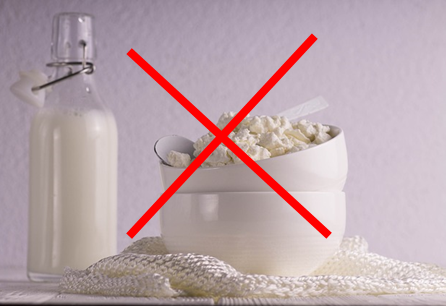
- Antacids also prevent the absorption of iron, thus should be avoided before and after iron intake.
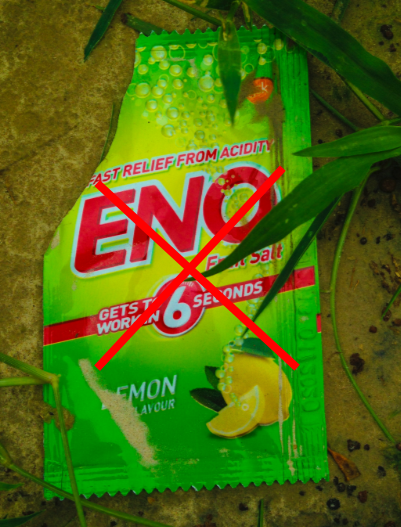
- Tannins prevent absorption of iron. Thus tea, green tea or coffee (these are rich in tannic acid) should not be taken with or after iron rich food.
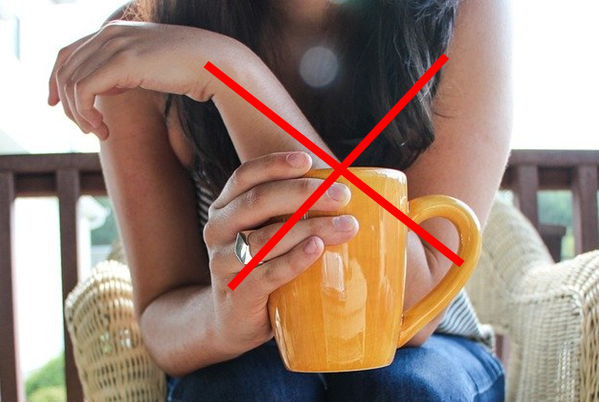
So next time you eat Palak Paneer (Spinach with cottage cheese), don’t be happy to think that you had a calcium and iron rich meal. You might have missed the benefits of both of them.
It will be a lot better that instead of adding paneer, you should add a lot of tomatoes to your palak ki sabzi. Tomatoes will add vitamin C which will improve the absorption of iron from spinach.
Best Sources of Iron
Lentils, boiled, 1 cup……………………………6.6 mg
Spinach, boiled, 1 cup………………………….6.4 mg
Chickpeas, 1 cup………………………………….12.5 mg
Kidney beans, boiled, 1 cup………………..4 mg
Tofu, 1 cup……………………………………………13.2 mg
Soyabeans, boiled, 1 cup……………………..8.8 mg
Black gram, 100 gram………………………….7.5 mg
Dark Chocolate, 100 gram…………………..8 mg
Plan your diet accordingly to make sure that you intake more than 20 mg iron daily (because not all is absorbed), and do not forget to take something vitamin C rich along with it.
Other Dietary Requirements for synthesis of Hemoglobin
In addition to Iron, Vitamin B12 and Vitamin B9 (Folic acid) are also required for the synthesis of the hemoglobin.
the recommended daily intake (RDI) value of Vitamin B12 is 2.4 microgram; RDI of Vitamin B9 is 400 microgram.
For Vitamin B12, vegetarians are again at higher risk of deficiency because main sources of Vitamin B12 are fishes, eggs, etc. But fortified cereals and diary products (milk, yogurt, cheese etc.), can provide the required amounts of Vitamin B12 to vegetarian population.
For Vitamin B9, there are several easy sources such as nuts, fruits, broccoli, beet root, leafy green vegetables, legumes, etc.
So include variety of vegetables, fruits and nuts in your diet to receive all the nutrients and keep away anemia and other diseases.
Practical Tips to increase Iron in your diet
- Cook in Iron utensils.
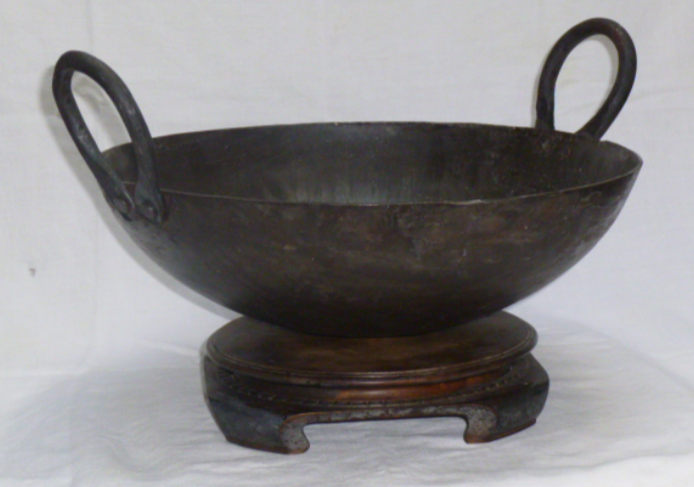
- Cook in Mustard Oil.
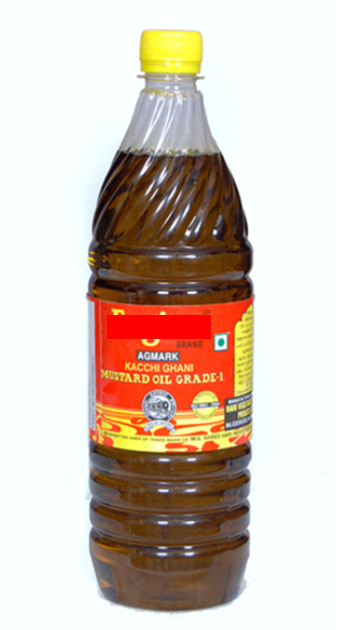
- Include Jaggery (Gur) in your diet.
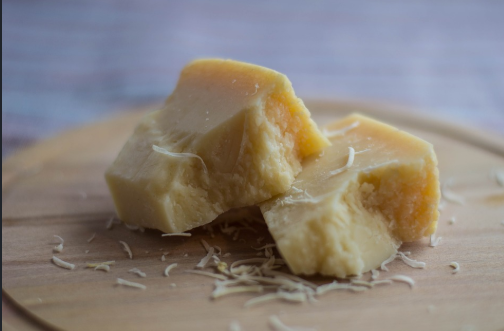
- Add Curry leaves in your food.
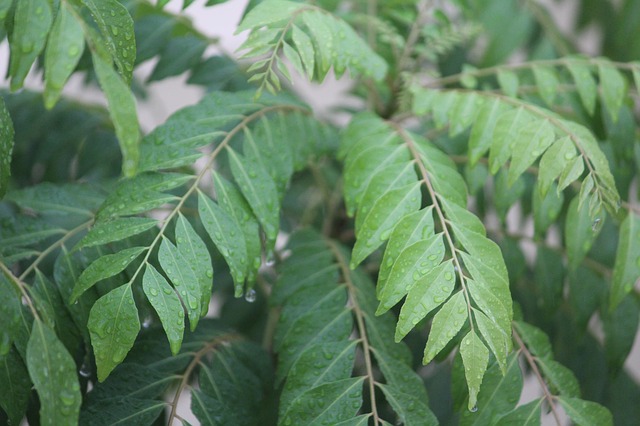
- Drink water stored in Copper Vessel.
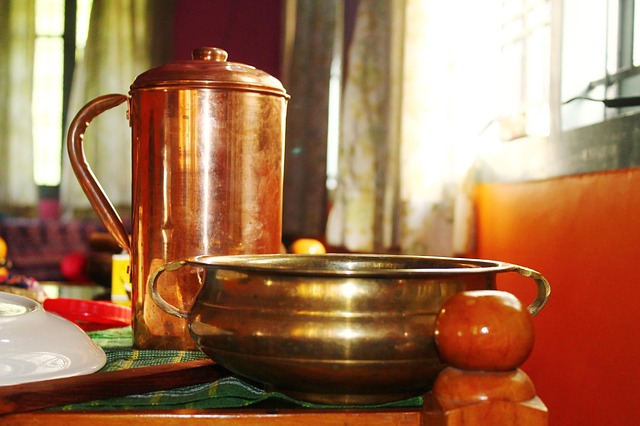
- Sprinkle black sesame seeds over your food and eat.
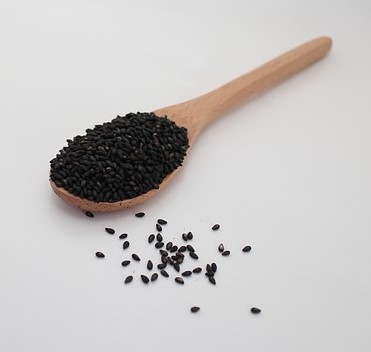
Conclusion
Iron is a key nutrient, and is especially important for women. More than half the women in India are anemic. Apply these tips and tricks, and take care of your diet to ensure the adequate intake of Iron and avoid anemia.
Also read Nutritional Guide: I. Calcium to know all about our body’s requirements of Calcium.
One thought on “Nutrition Guide: II. Iron. Say NO to Anemia”
Comments are closed.

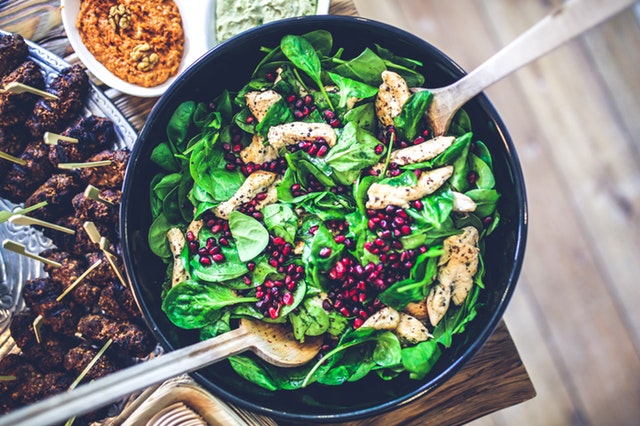
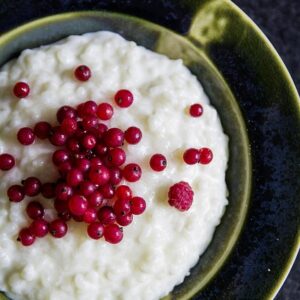
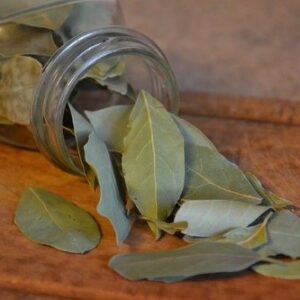
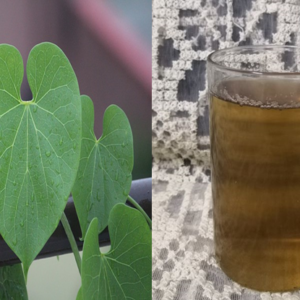
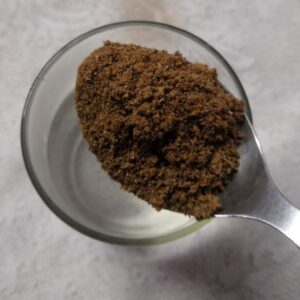
Hey, you make a great job with https://www.happywomanhood.com. The article about Nutrition Guide: II.Iron. Say NO to Anemia helps me and my friend Jeanette a lot in our Weight Loss. We have had a Custom Keto Diet plan from
here: http://keto-diet.center You can have it too!
Life is so beautiful, I am so happy! 🙂 Kiss you all!!!